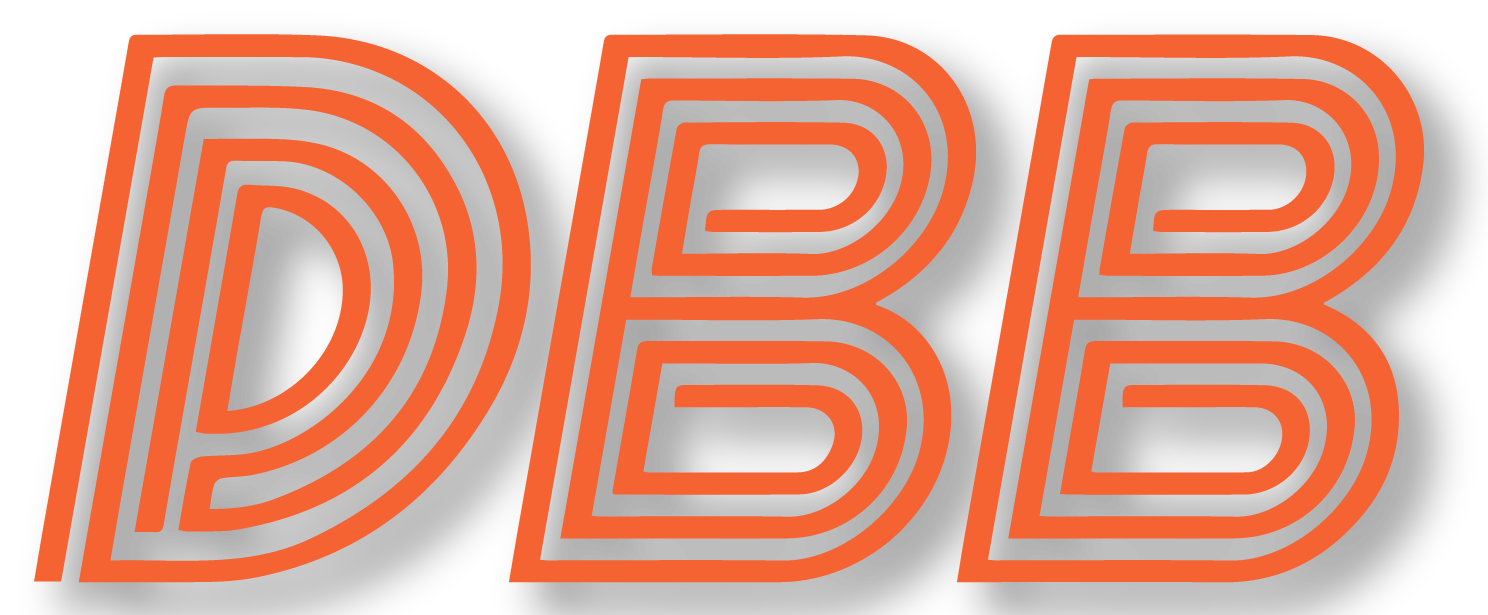News broke earlier this week that Kyle Long had reworked his contract, ensuring he would be back with the Bears for the 2019 season. Due to Long’s high cap hit for next season and injury history the last three years, it was fairly obvious that he would either be cut or have some sort of re-working done, and I for one am thrilled he ended up taking a pay cut (with incentives to possibly earn most of it back) instead of forcing the Bears to cut him.
Why do I say this? I’m glad you asked.
With Long officially back in the fold and right tackle Bobby Massie re-signed earlier this offseason, the Bears will be returning their entire starting offensive line from 2018. This is great news for the Bears, because their offense was actually really good last year when this unit was on the field together.
To come to this conclusion, I used the lineup information from the NFL’s game statistics and information system to compile 2018 offensive stats with various offensive line combinations on the field. Since Massie, left tackle Charles Leno, and center Cody Whitehair were basically never off the field (they missed a combined 13 snaps over the course of the season), the only parts that really changed were at guard. Four players -Long, Jordan Daniels, Eric Kush, and Bryan Witzmann – cycled through those spots, and the table below shows how well the offense fared for various guard pairings (note: I left off the Daniels/Kush combo because it had a tiny sample size of only 27 plays. The numbers weren’t impressive anyway).
Take a closer look at that middle column, when Long and Daniels, the starters for 2019, were on the field together.
The Bears averaged 8.5 yards per pass attempt (after factoring in sacks) and 5.2 yards per run with that duo on the field! For context, the Bears’ season averages in those categories were 6.5 and 4.1, respectively, and league averages for the year were 6.4 and 4.4. The best team in the NFL in each category came in at 8.1 and 5.1 for the two marks, both below the Bears’ with their starting offensive line.









